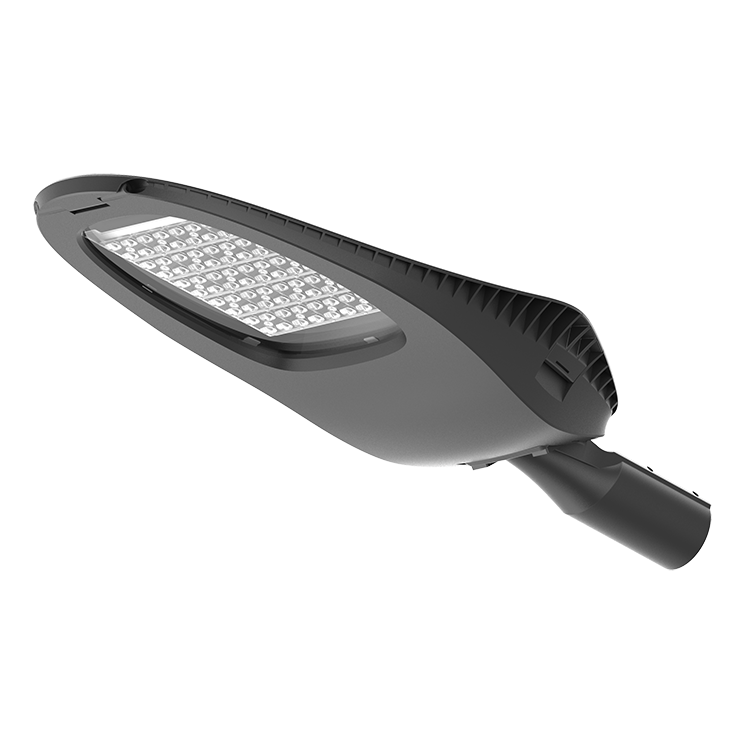
Did you know that over 30% of urban energy consumption is attributed to street lighting? With cities striving for sustainability, LED lights have emerged as a game-changer. Not only do they consume less power and last longer than traditional bulbs, but their legal implications are equally fascinating.
The Legal Framework Surrounding LED Lights for Street Lighting

When we talk about led lights for street lighting, we’re diving into a realm governed by various laws and regulations. These include safety standards, environmental guidelines, and even trade policies that dictate how these products can be imported or exported. The legal landscape ensures that municipalities comply with energy efficiency mandates while also navigating tariffs that affect pricing strategies in different regions.
Mason’s Insights on Trade Policies and Tariffs
Mason has been vocal about the complexities surrounding trade policies related to LEDs. He points out that tariffs can significantly impact the cost structure of importing high-quality LED components from overseas manufacturers. This means local governments must carefully consider not just the upfront costs but also long-term savings when making purchasing decisions—balancing budget constraints with compliance requirements becomes crucial.
Characteristics of LED Flood Light Wholesale Dealers in Trade Policies and Tariffs
- Import Regulations: Wholesale dealers often face stringent import regulations which require them to adhere to specific quality standards set forth by governing bodies.
- Tariff Classifications: Different types of LEDs may fall under varying tariff classifications; understanding this helps dealers optimize their pricing strategies.
- Sustainability Certifications: Many wholesale dealers seek certifications like Energy Star or RoHS compliance to enhance marketability while adhering to environmental laws.
- Bilateral Agreements: Some countries have entered agreements reducing tariffs on certain electronic goods, providing opportunities for competitive pricing in international markets.
- Diverse Supply Chains: To mitigate risks associated with tariffs, many wholesalers diversify their supply chains across multiple countries—this flexibility allows them to adapt quickly if trade policies change unexpectedly.
A Bright Conclusion
The journey through the world of LED lights for street lighting reveals much more than just an eco-friendly solution; it uncovers a complex web of legal frameworks influenced by trade policies and tariffs. As cities continue adopting these innovative solutions, understanding these aspects will be vital—not only for compliance but also for maximizing economic benefits in our quest towards smarter urban environments!
Click led flood light wholesale dealers.